What brought you to Antarctica in October 2020?
I worked on two different projects in Antarctica as a National Science Foundation grantee: the Weddell Seal Project and the Point Blue Conservation Science Adélie penguin research. It was my second year working with penguins but my first time on the seal project.
The seal project looks at population dynamics of Weddell seals in Erebus Bay, right next to McMurdo research station. As a field technician for the project, I was responsible for driving snowmobiles across the frozen sea to access seal breeding colonies. During pupping season (when seals have recently been born), I attached unique identifying tags to each pup and took notes on adult tags. My work was part of a 50-plus year dataset that gives scientists an extremely detailed view into the breeding life of these mammals; we can build maternal family trees, note population changes and monitor the impacts of environmental variables.
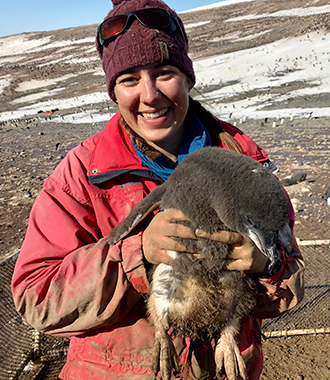
Photo by Annie Schmidt; ACA permit #2021-004
After seal season ended, I moved 70 kilometers across Ross Island to study penguins at one of the world’s largest penguin breeding colonies, with about 300,000 breeding pairs. Similar to the seal work, the goal of this project is to understand population dynamics and changes in response to environmental factors. Unlike seals, we’ve only marked a fraction of penguins with a unique identifier, so a lot of my time was spent searching for those banded penguins and then following their breeding status throughout the season.
It was really special to work on both of these projects and see the incredible longevity and the breadth of information researchers can gather to study populations across decades.
What was your commute like?
It took the seal team 45 minutes to an hour on a snowmobile to get to our main study area, which was a pupping colony a few miles out on the sea ice. It definitely took some getting used to — I had never ridden a snowmobile before. And luckily Antarctica is the easiest place to learn because the sea ice is flat and there are a lot of people helping out, so you don’t have to worry as much about getting stuck in snow — you can just drive. You do have to monitor for cracks in the sea ice so you can make sure you can cross safely.
Your face definitely gets really cold. Your body has, like, 15 different layers on, but your face … you still have to see and breathe and make sure your goggles don’t fog up. The first week was incredible, and I kept spending time looking around thinking, “Oh my gosh, this is amazing!” But after a while, when you’re tagging 50 pups a day during peak pupping season, I thought, “Shoot, we really need to get to the field!”

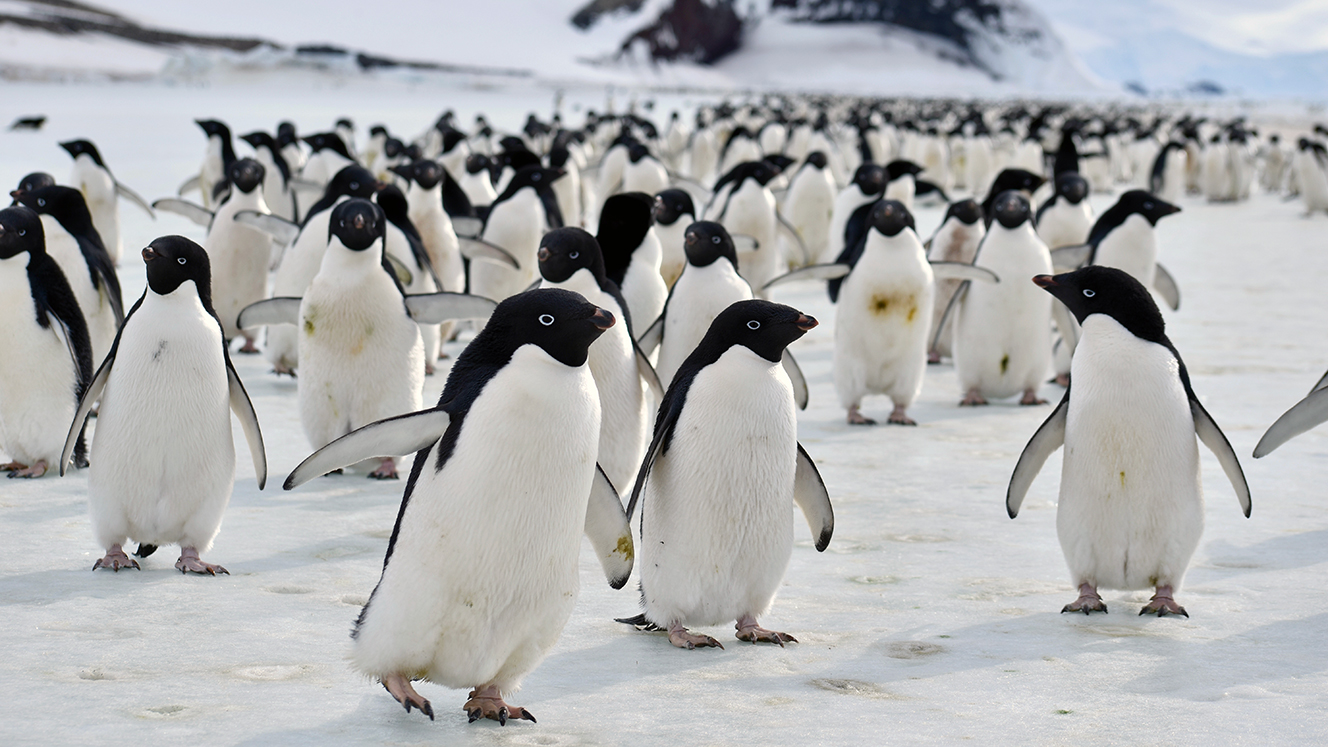
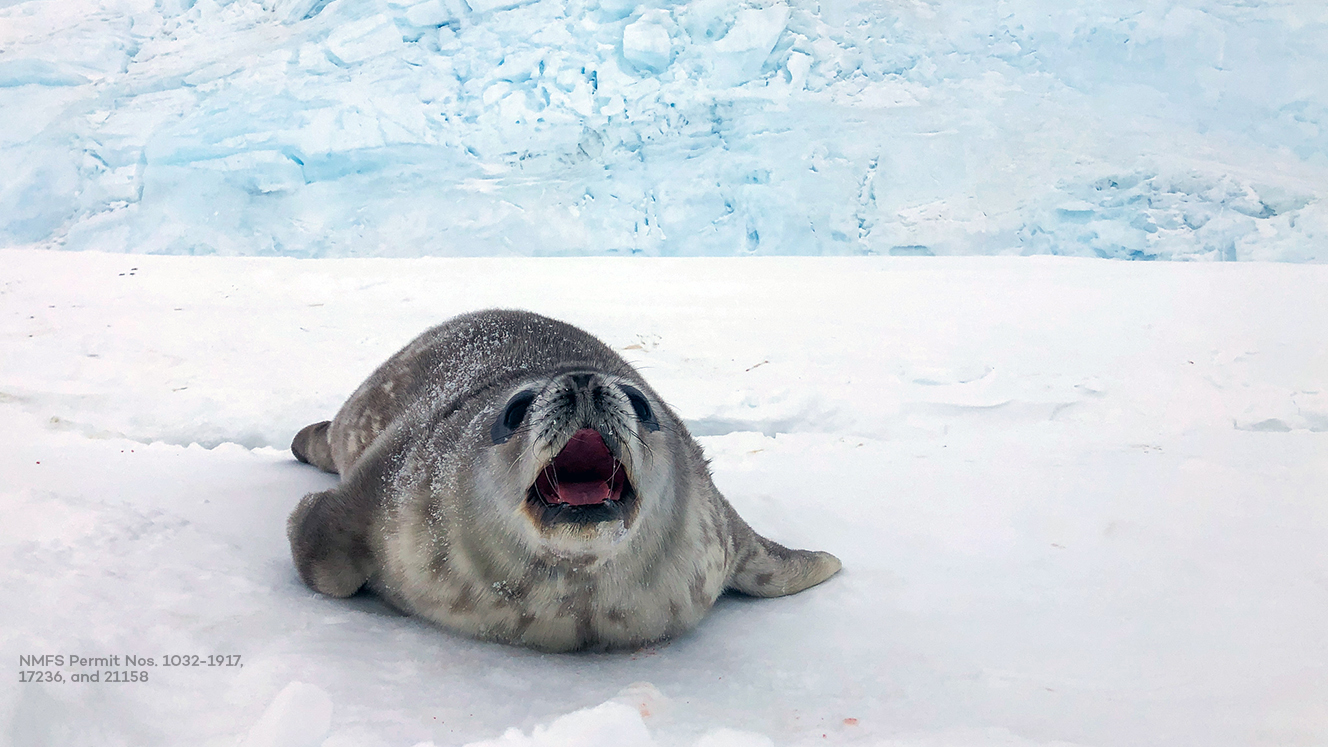
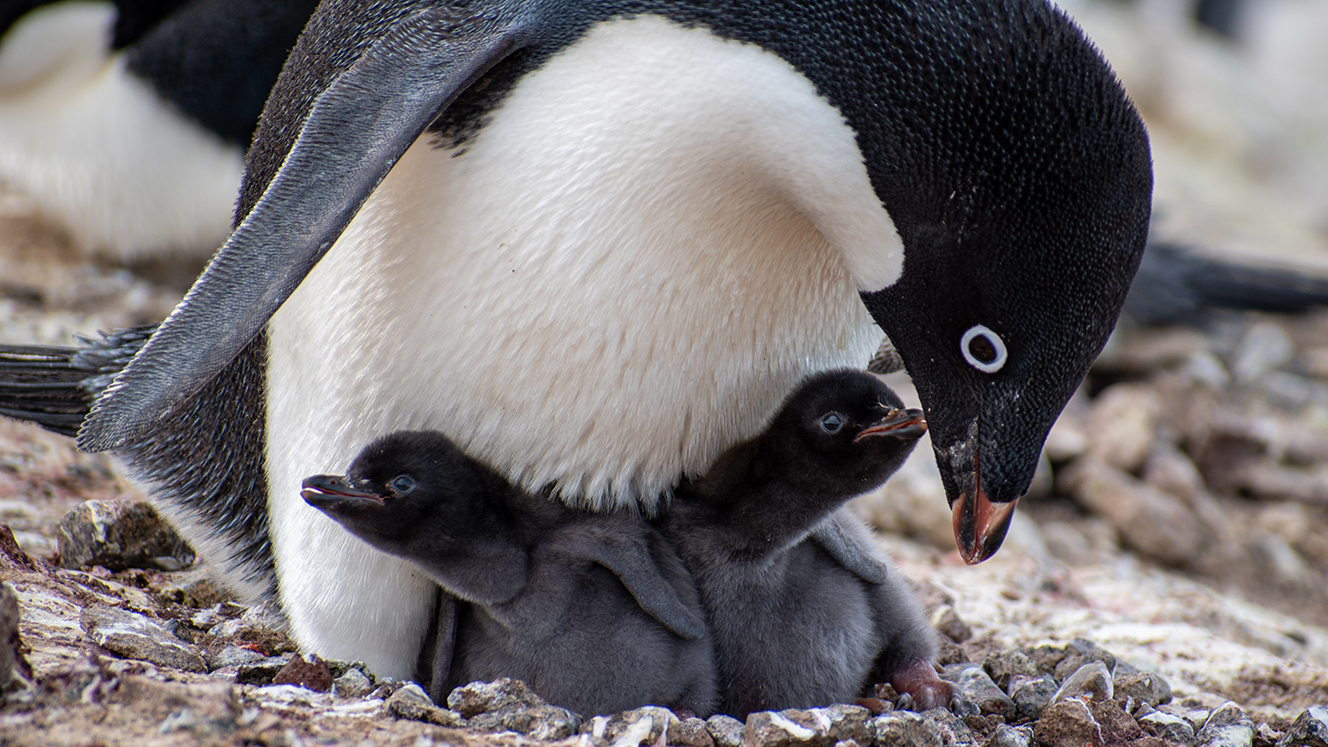

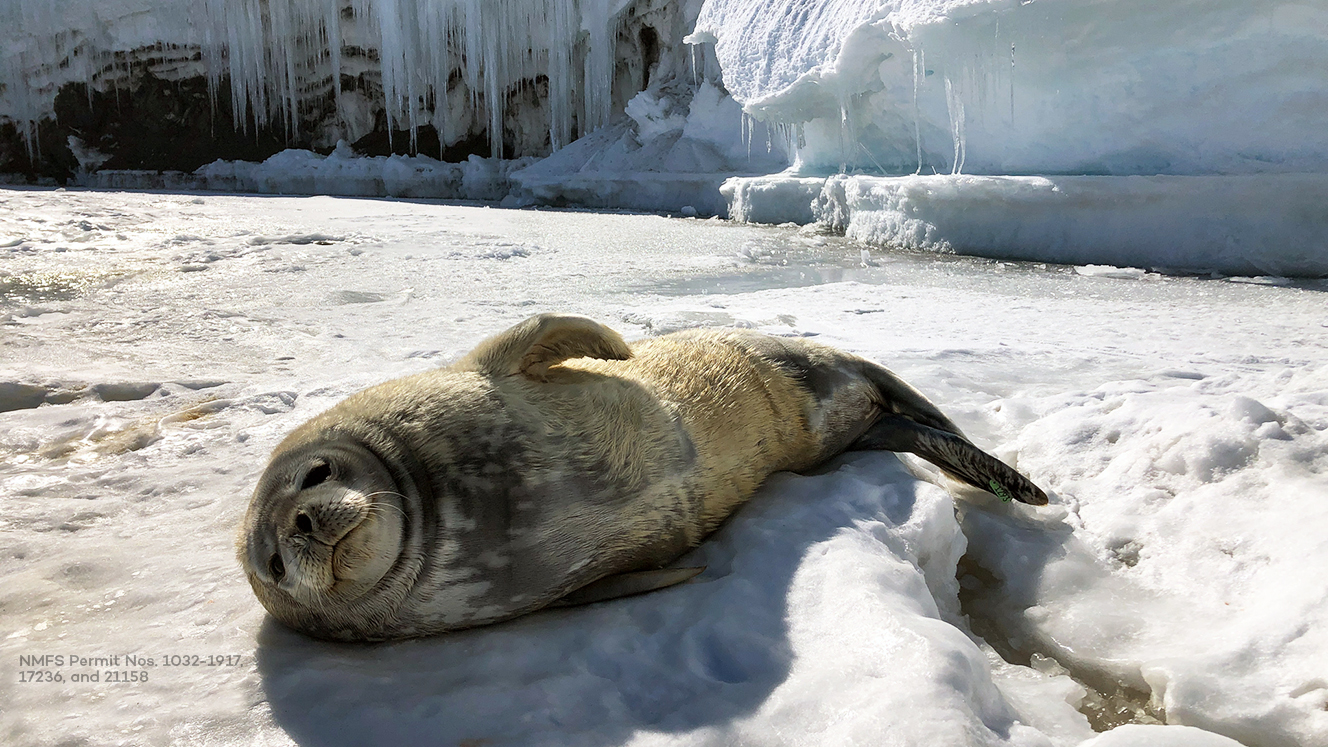

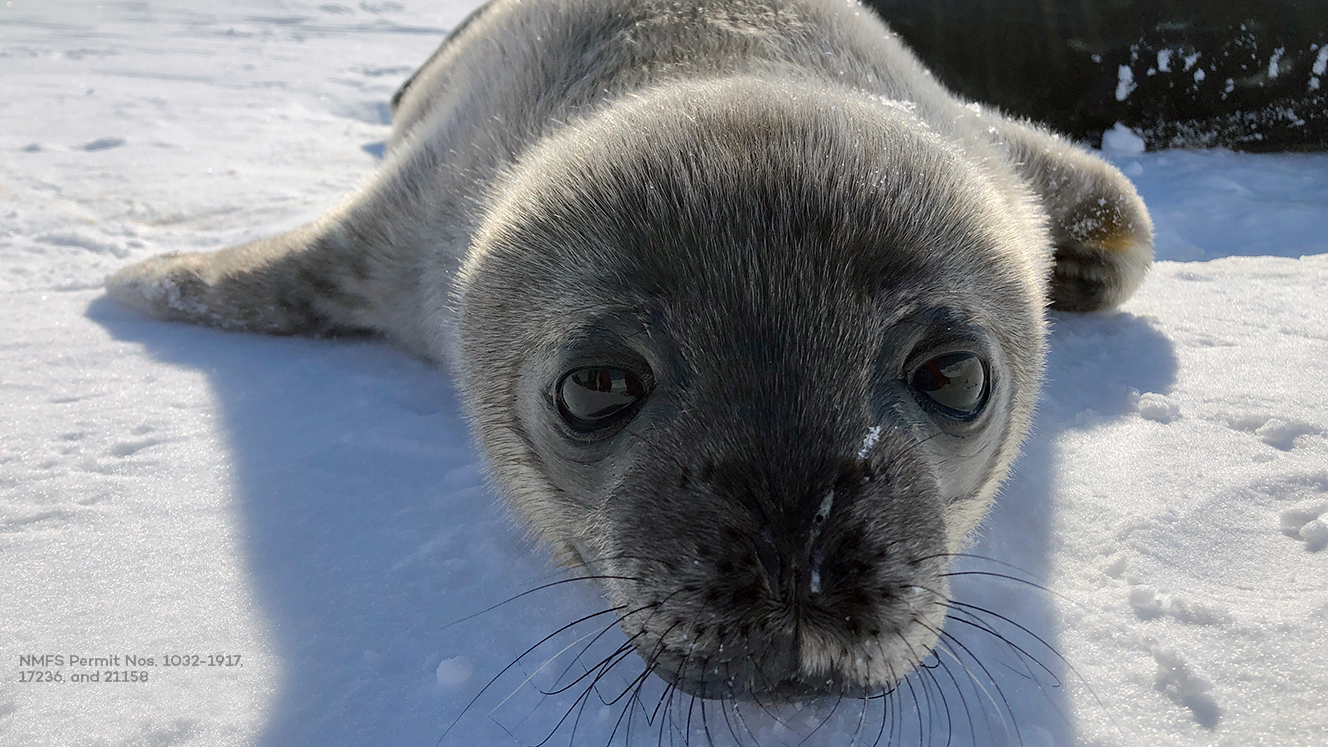
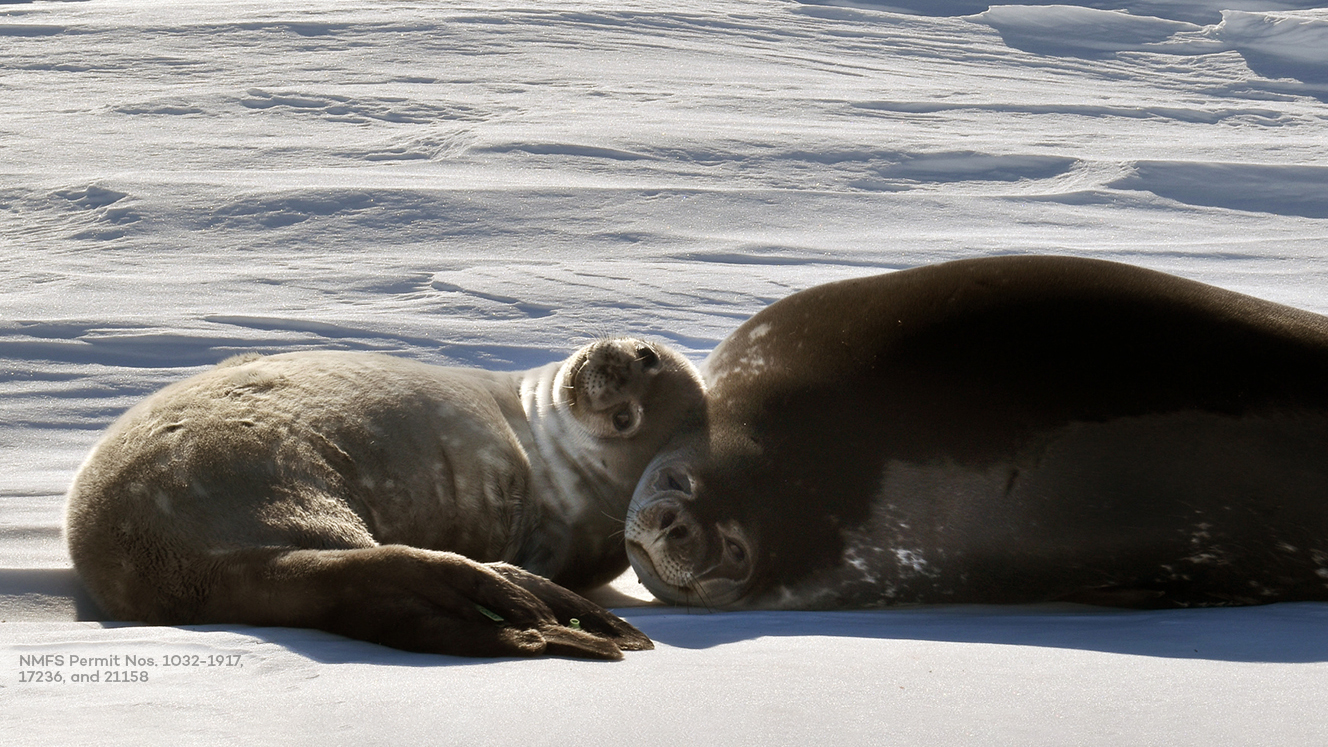
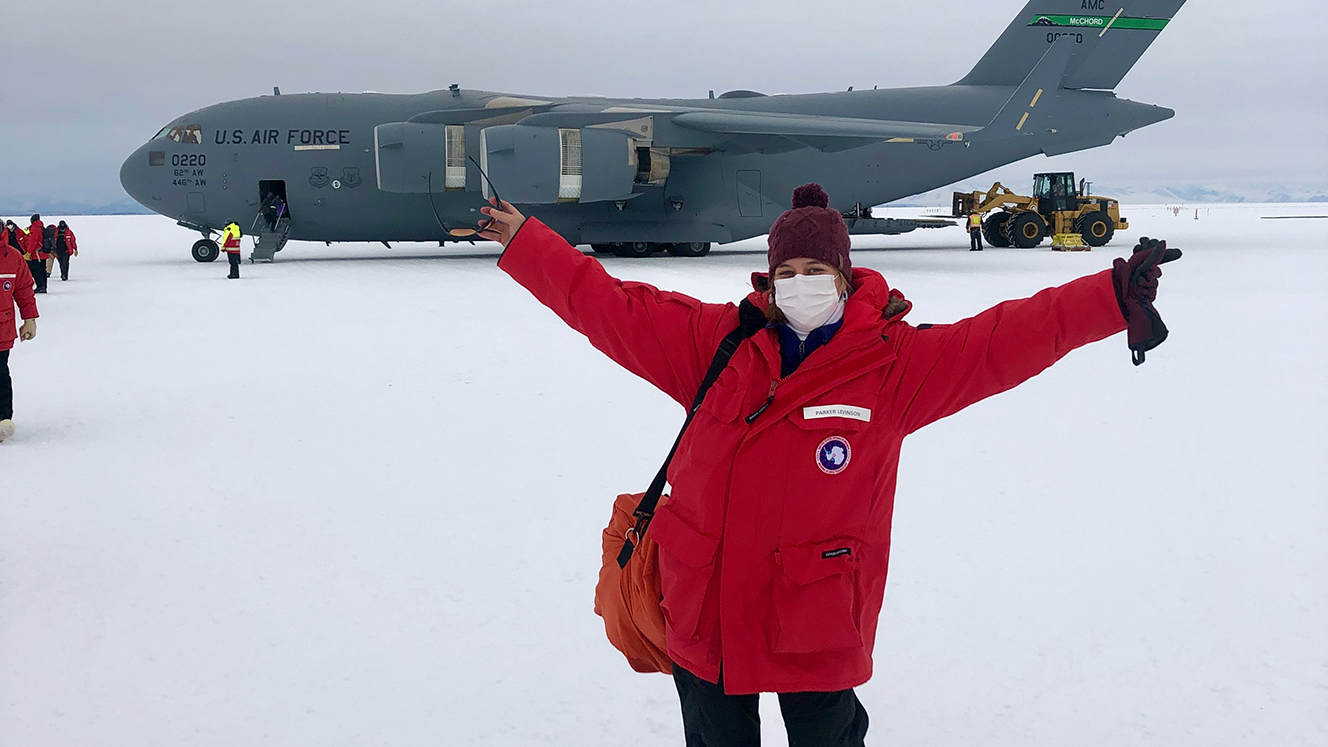
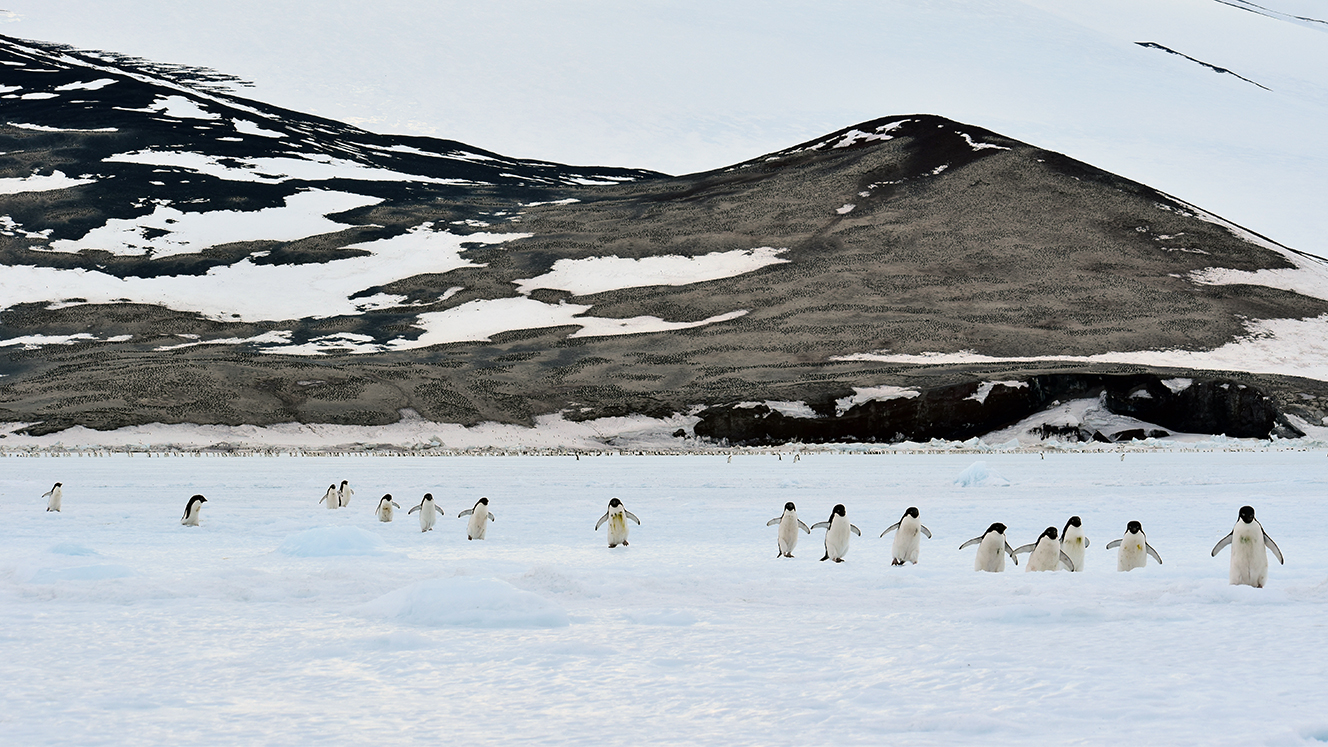
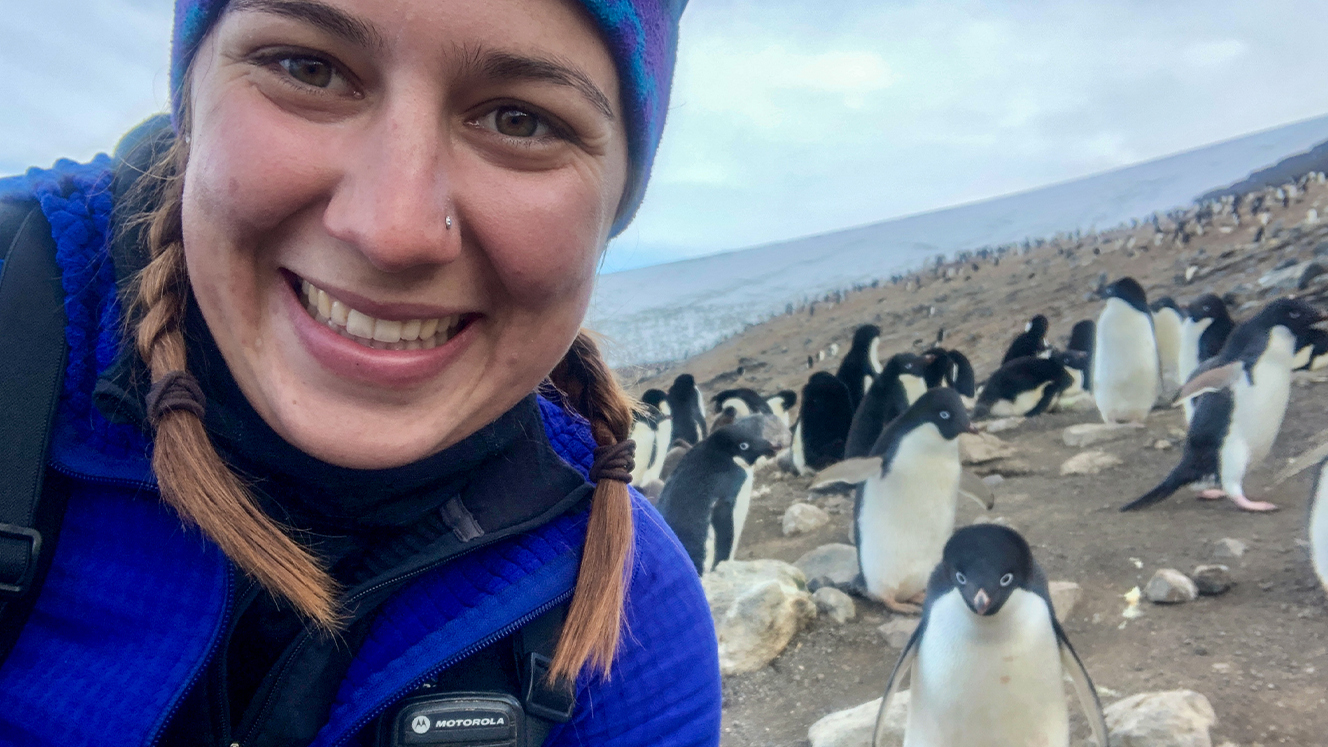
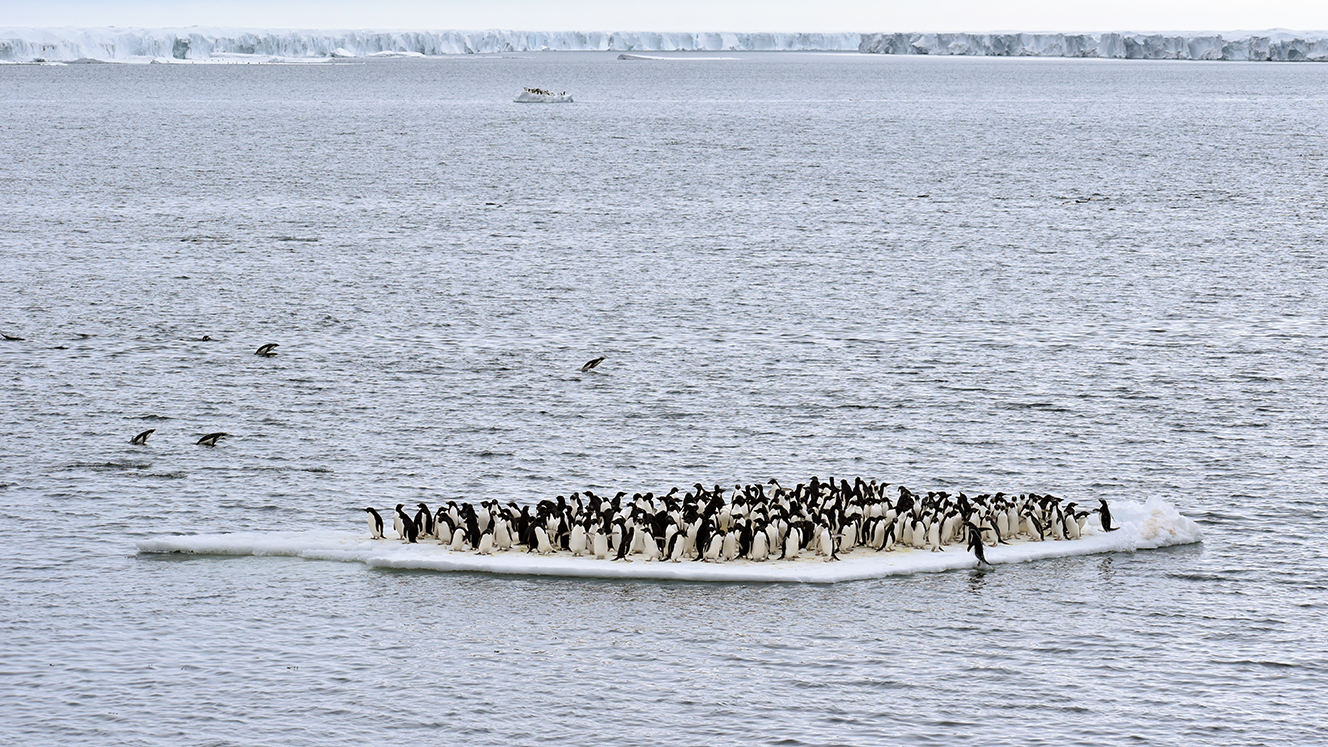
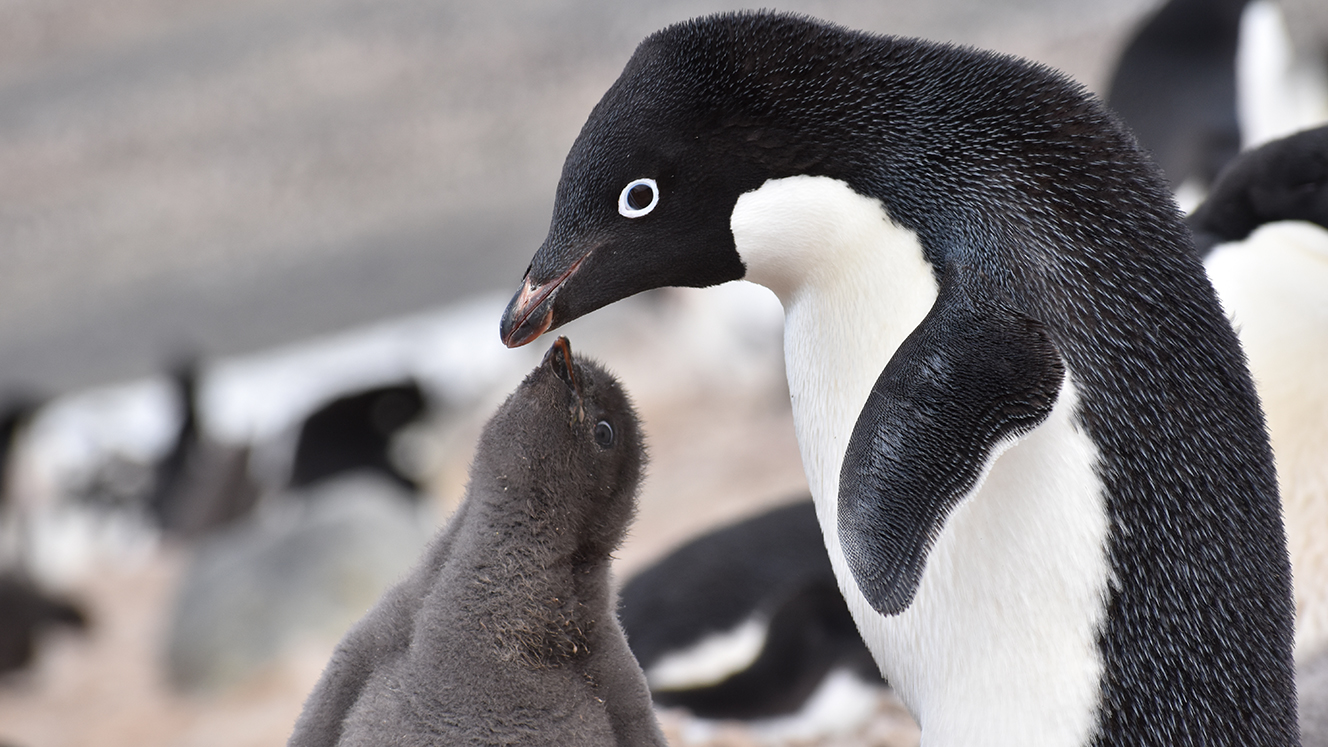
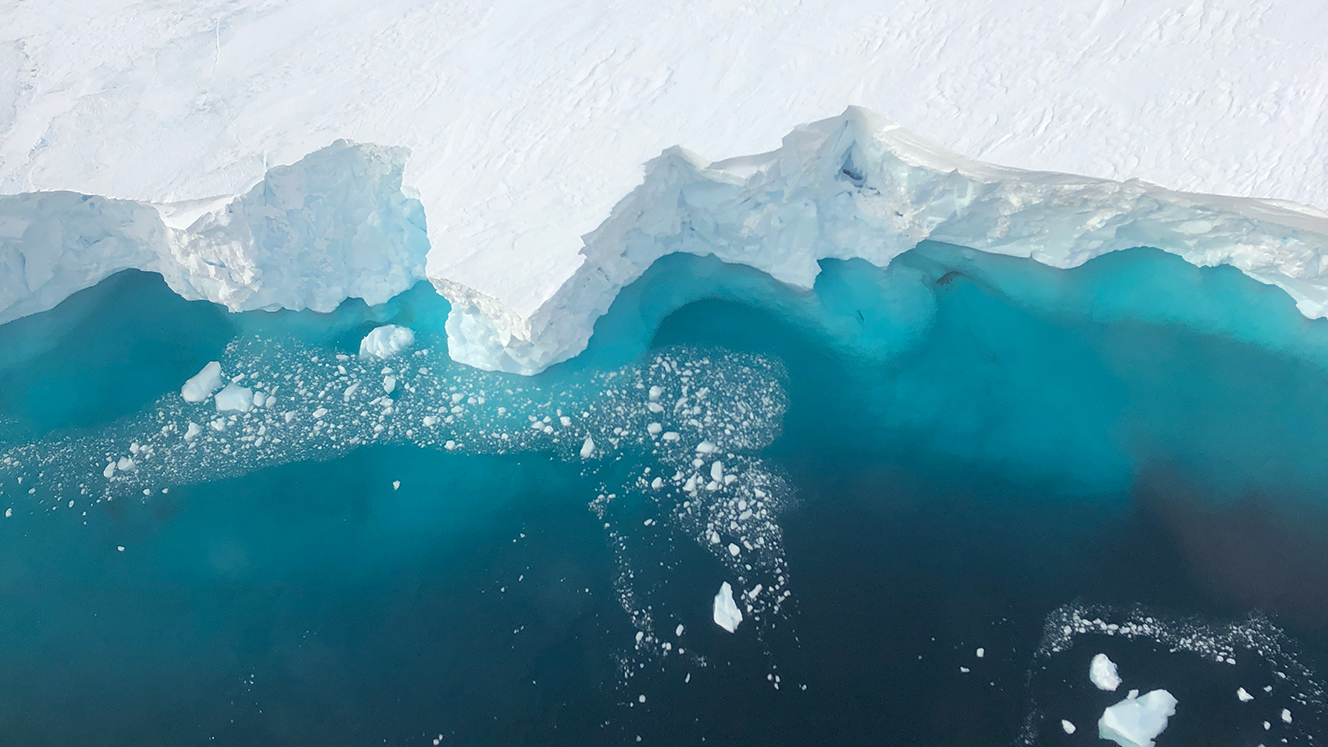
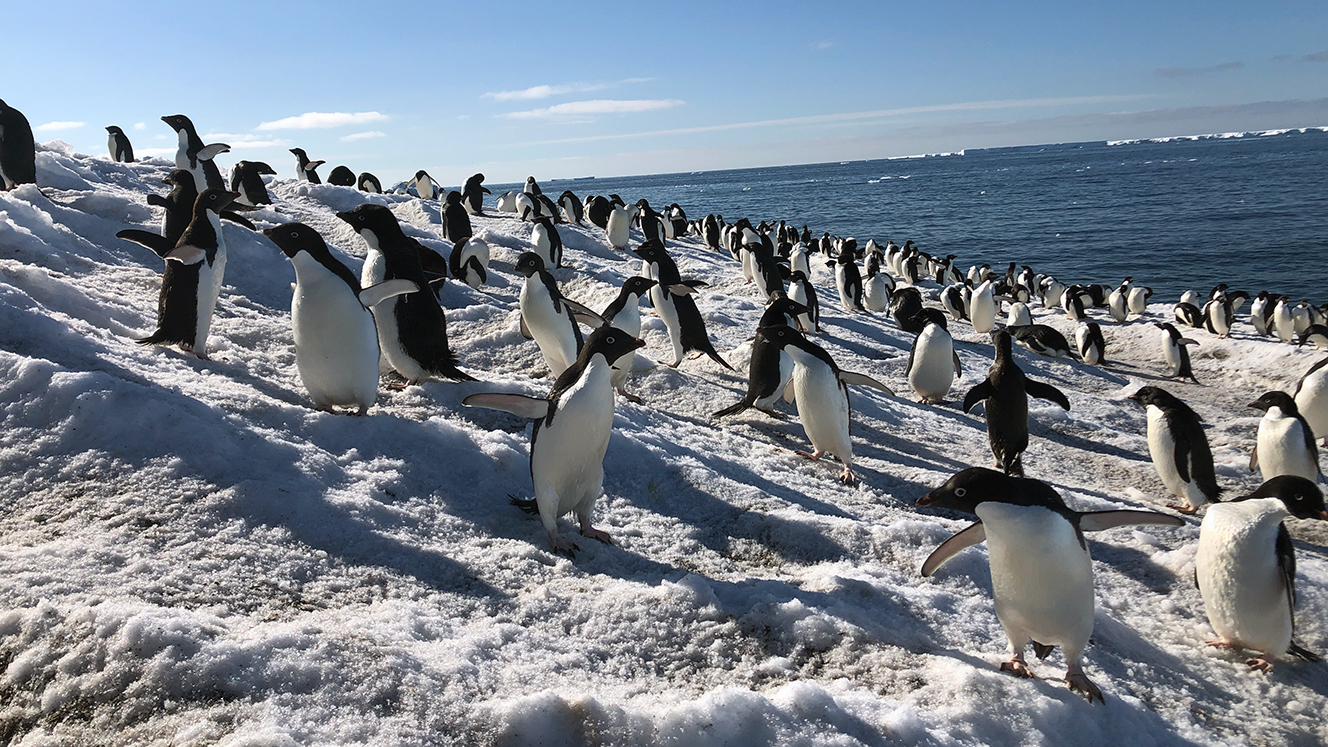

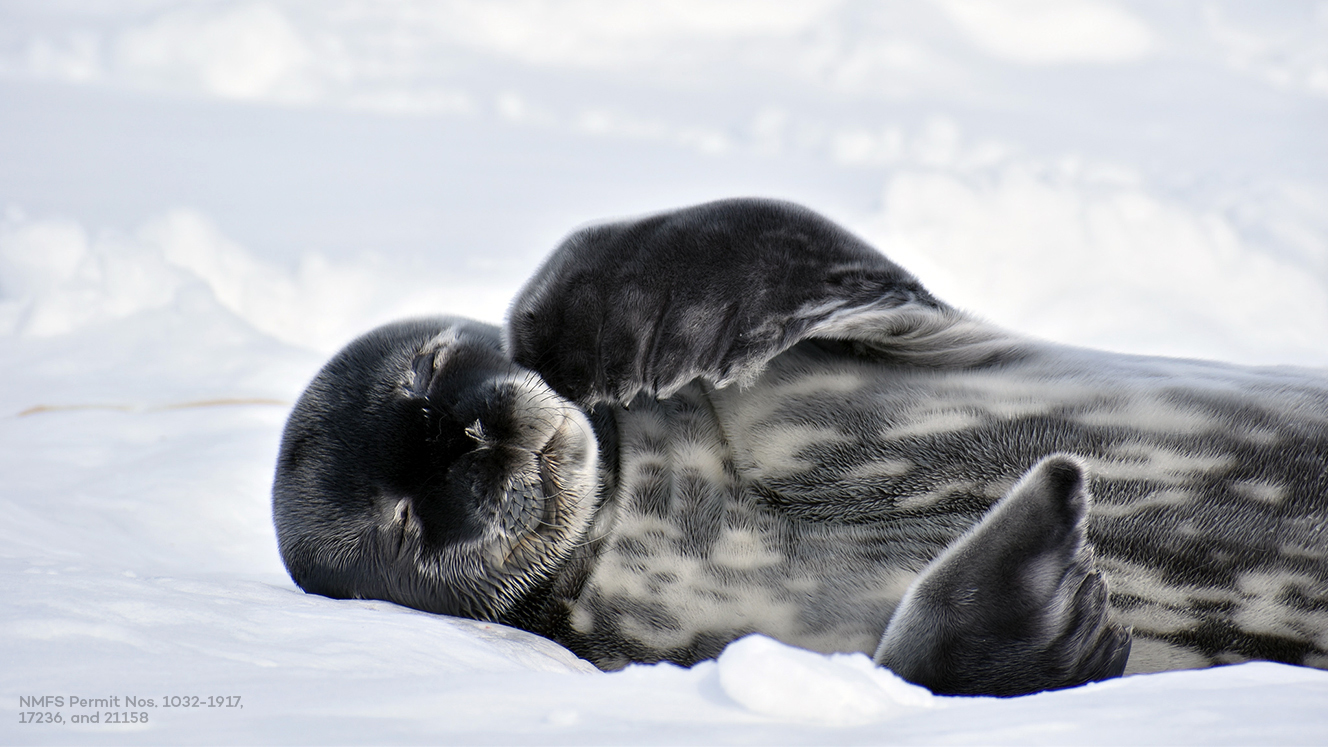
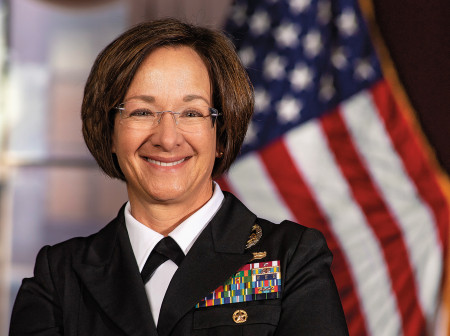
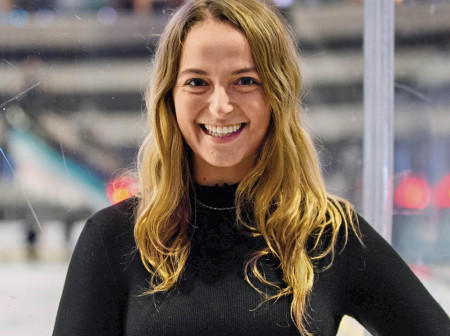

Reader Responses
Great article. Kudos to Northwestern for allowing this kind of flexibility in Parker's major so that she could take advantage of these world-class opportunities. Also seems that Parker has learned to be a wonderful photographer along the way!
—Mary McCloskey '72 MS, Oak Park, Ill.
Those are spectacular photos of seals and penguins. Reading the article explains why people are not perceived as predators which allowed the photos to be captured. Marvelous.
—Donald Albertson '79, Spring Mills, Pa.
A sweet and fascinating story and I learned a lot. Brava Parker Levinson. We need more independent and innovative people like you in this world!
—Mary Dedinsky '70 MS, Chicago and Qatar
No one has commented on this page yet.
Submit a Response